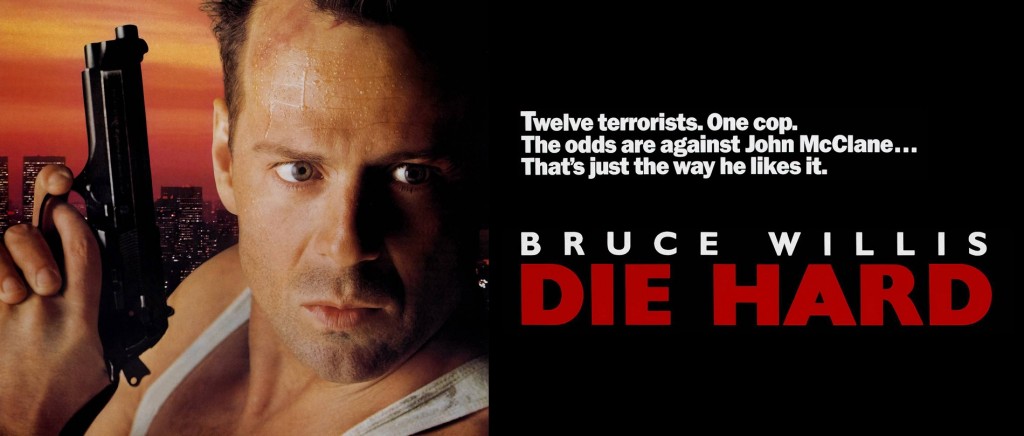
When director John McTiernan was hired it was originally to make a sequel to the Arnold Schwarzenegger film Commando, but when Arnie turned it down (as well Sylvester Stallone, Burt Reynolds, Harrison Ford, Mel Gibson and Richard Gere) Bruce Willis entered the picture. So instead of the indestructible Schwarzenegger hero mold we got a man who could be hurt and only survives against incredible odds due to sheer tenacity and force of will. What many people don’t know is that that wasn’t some out of the box thinking by the filmmakers; it was in the bloody book.
Nothing Lasts Forever was a thriller penned by Roderick Thorpe back in 1979 and was a sequel to his 1966 novel The Detective. The character in these books was an aging retired cop named Joe Leland who was a fighter pilot in WWII and later became security consultant who has aided in creating many of security protocols instituted by the FAA. So definitely not Bruce Willis and certainly not Arnold Schwarzenegger, but what is fascinating is that Frank Sinatra played Joe Leland in the film adaptation of The Detective (1968) and Sinatra had first refusal on any sequels.
 So we could have had a 73 year old guy crawling through air ducts if he’d said yes.
So we could have had a 73 year old guy crawling through air ducts if he’d said yes.
The movie version has rugged New York cop John McClane (Bruce Willis) visiting Los Angeles to spend Christmas with his estranged wife Holly Gennaro McClane (Bonnie Bedelia)
and his kids, while in the book he is visiting his daughter Stephanie
Gennaro and her kids who are all at the big Christmas party at the
Klaxon Oil building where she is vice-president for international sales.
That’s a pretty radical departure from the source material right off
the top but it gets even weirder, in the book it’s pretty implicit that
she is sleeping with her boss Ellis and that they both use cocaine, she is up to her neck in illegal dealings, and in the end Stephanie pays the ultimate price. In the movie Ellis (Hart Bochner)
is portrayed much as he is the book, kind of slimy corporate jerk, but
there is certainly nothing going on between him and Holly. He goes out
in the book the exact way he does in the movie by being a total schmuck.“Hans, *booby* I'm your white knight.”
One of the major differences between the book and the movie is the format; in the book the reader is only seeing the events through the eyes of Joe Leland, it never cuts away to what the villains, hostages, or cops are doing. We only get glimpses of what other people are doing through what Leland overhears on the radio or while eavesdropping on the bad guys. Speaking of the bad guys Hans Gruber (Alan Rickman) is simply one of the best cinematic villains in motion picture history; he’s cool, suave, smart and incredibly ruthless, and really it’s Rickman that gives the edge to the character in the movie versus the version in the book.Alan Rickman is Hans Gruber.
The villain of the book is Anton "Little Tony the Red" Gruber who is the son of an SS officer, and who left his life of privilege to become a politically motivated terrorist. Tony Gruber is a charismatic sociopath that gets off on killing but he is also quite sharp. He figures out that Leland had been overhearing their conversation while he was hiding atop the elevator car, and uses that to lay a trap for him. He has his men smash the fluorescent lights inside the buildings stairwell, littering the dark stairs with feet slicing shards of glass, because he saw Leland’s clothes and shoes left behind in the office. This was no “Shoot the glass” epiphany in the middle of a firefight; it was a cold calculated booby trap.
 Note:
Glass walls and such in offices would be made of safety glass and would
not do much damage to your bare feet, while the glass from fluorescent
tubes would leave your feet a bloody mess.
Note:
Glass walls and such in offices would be made of safety glass and would
not do much damage to your bare feet, while the glass from fluorescent
tubes would leave your feet a bloody mess.
The make up of the
villains is also rather different from book to movie. In the book there
are four women terrorists on the team that takes over the building, and
when Leland kills the first of them he throws up from the sheer horror
of what he has done. He quickly gets over this as the story progresses
and he has to take them all down, sometimes in a rather cold and
villainous manner. I'm betting McTiernan thought having Bruce Willis
killing a bunch of young women would damage his likability somewhat.
 So in the movie we have a villainous all boys club.
So in the movie we have a villainous all boys club.
In
both the book and the movie walkie-talkies are key in moving the plot
along, but in the book they don’t have enough range for Leland to call
the police. John McClane has no problem contacting a police operator,
only in getting them to take him seriously. Joe Leland on the other hand
uses the buildings lights to flash a Morse code message. Points for
ingenuity there. Also Leland's work as a security consultant has
brought him into the world of terrorism, he actually knows Anton Gruber
on sight and knows how he and his associates operate. This certainly
gives him an edge over a New York police detective.
 "Yippee ki-yay, motherfucker! "
"Yippee ki-yay, motherfucker! "
Gruber
in both book and movie coldly murders the head of the company. In the
movie it is a Japanese company and the corporate head is Mr. Takagi (James Shigeta)
while in the book Klaxon is an oil company run by a Texan named
Rivers. Joesph Takagi is sympathetic character and his sudden death is a
shock to the system while Rivers is your stereotypical Texan blowhard
whose death will result in no tears.
 "I could talk about industrialization and men's fashion all day, but work must intrude."
"I could talk about industrialization and men's fashion all day, but work must intrude."
Both
book and movie have the hero killing the first terrorist and sending
him down in an elevator with a message written on him; but in the movie
it’s “Now I have a machine gun Ho-Ho-Ho” while in the book it’s “We now have a machine” in attempt to mislead the terrorists into believing they are dealing with more than one opponent.
 "Someone needs to tell Karl his brother is dead."
"Someone needs to tell Karl his brother is dead."
 Both McClane and Leland have to make their way around the building via improbably sized air ducts.
Both McClane and Leland have to make their way around the building via improbably sized air ducts.
When one reads the book you may find yourself wondering, “Where is Richard Thornburg?” because the reporter played by William Atherton
does not exist at all in the book. The news media actually plays little
part in the novel aside from the rare times Leland can take to find a
television set to see what’s going on outside. On the other hand one
major character in the book that is completely missing from the movie is
flight attendant Kathi Logan who Leland meets on his flight to L.A.. He
flirts with her on the plane and they plan to hook up some time during
the holidays. Several times Leland is able to talk with her via radio
and she provides the emotional connection in the book opposed to the
wife in the movie.There was no chance of Willis and Atherton hooking up.
Both
Leland and McClane drop explosives down an elevator shaft to take out
some of the terrorists and in both cases the explosion was more than he
expected. The reason for the bad guys to have so much plastic
explosives, and their mad desire to get the detonators back, makes much
more sense in the movie than in the book. In the movie it is an
integral part of their plan in covering-up their crime, but in the book
its kind of just part of your standard terrorist's arsenal. Also the
movie brings in humor to lighten up the tension by having McClane asks
if the building is on fire and being told...
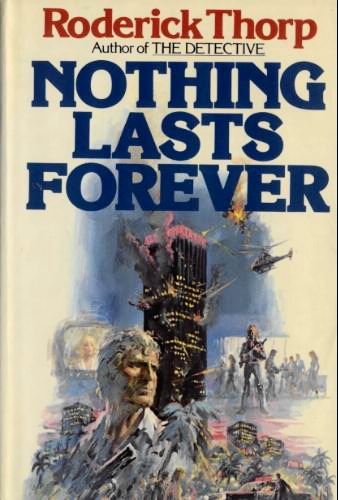
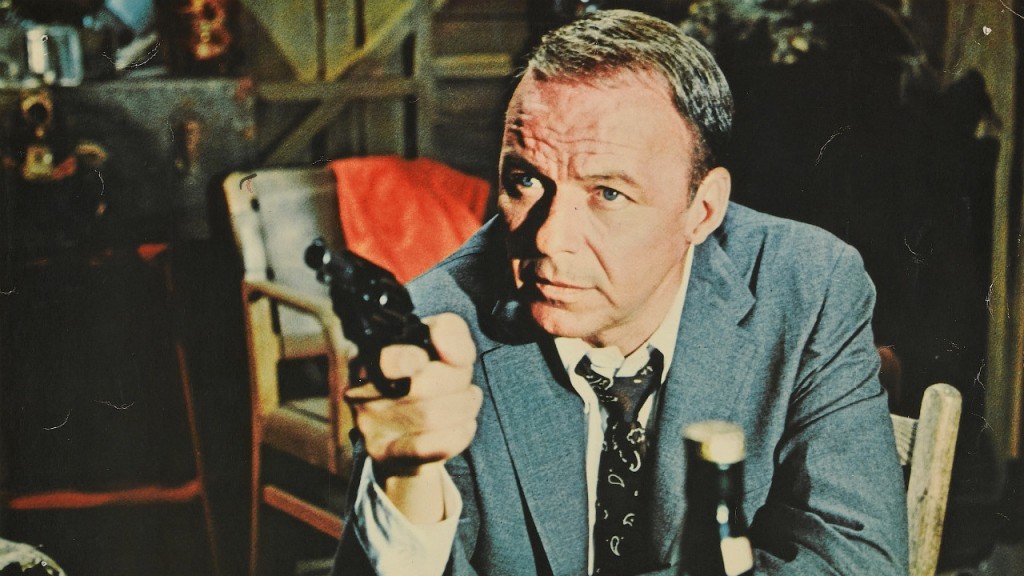

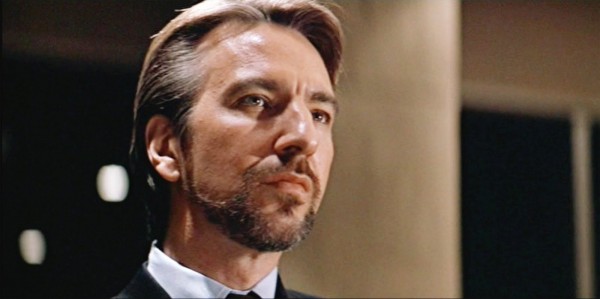
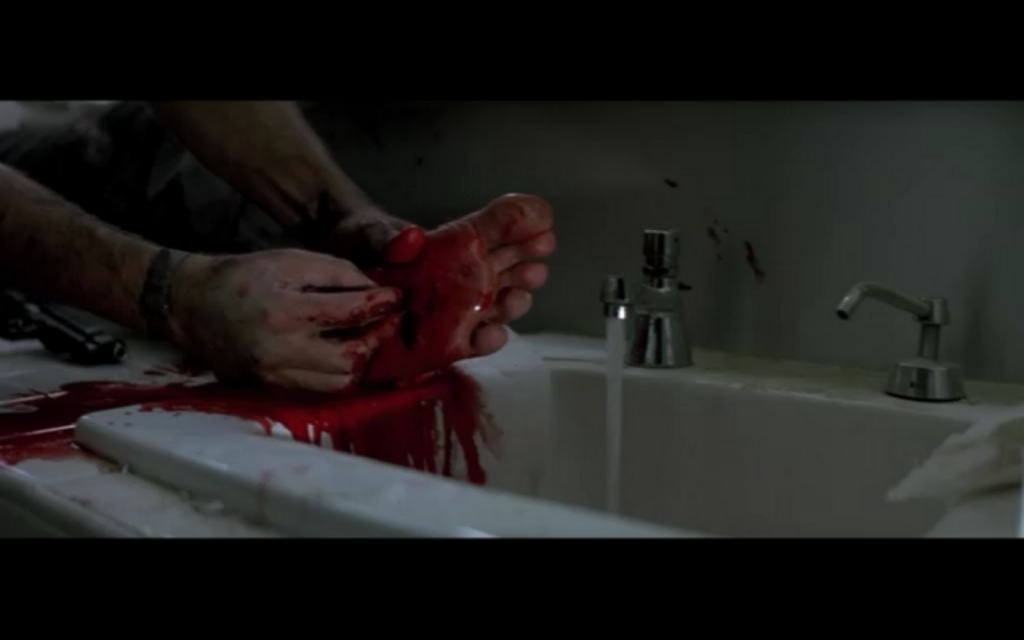
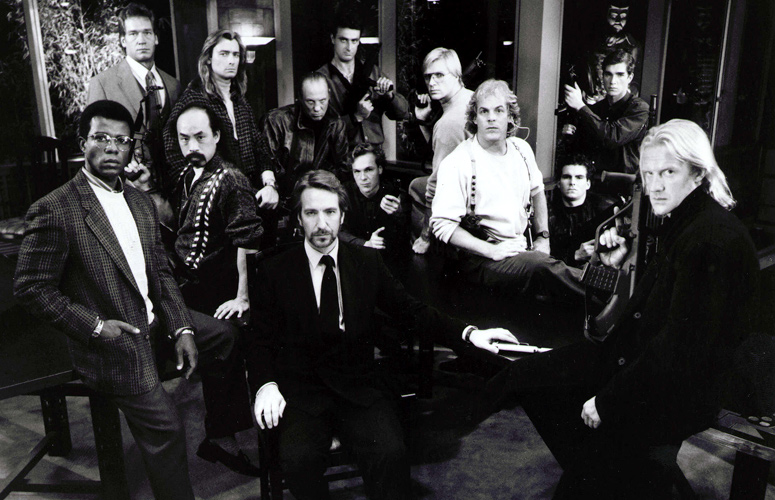
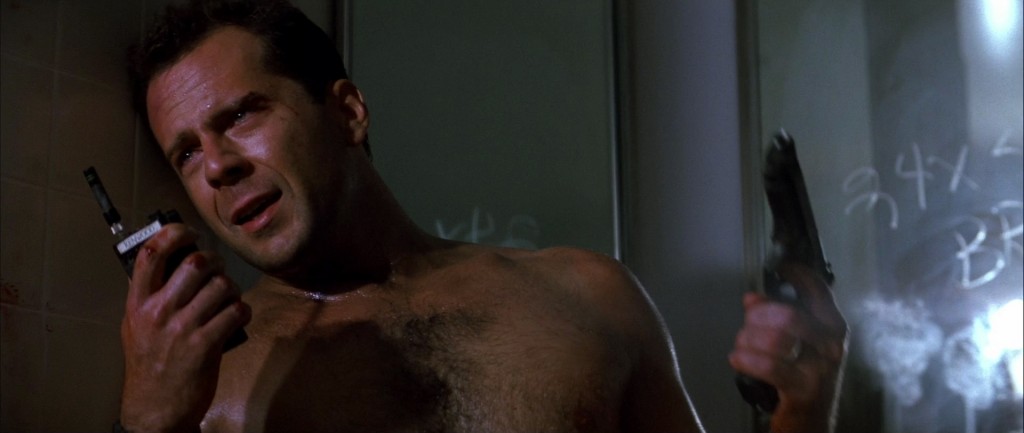
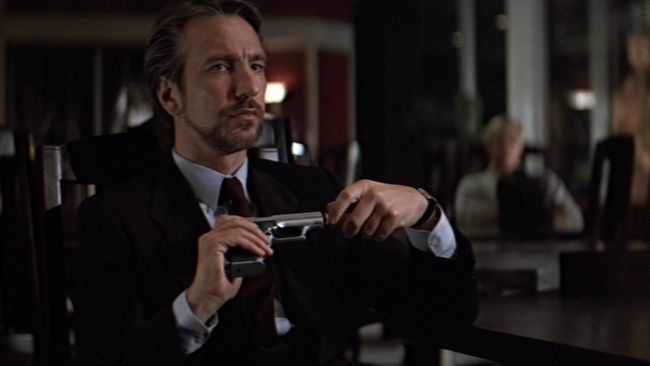
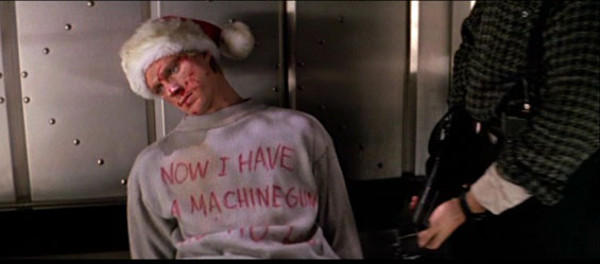

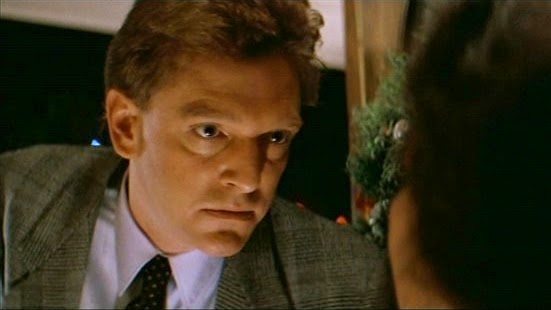
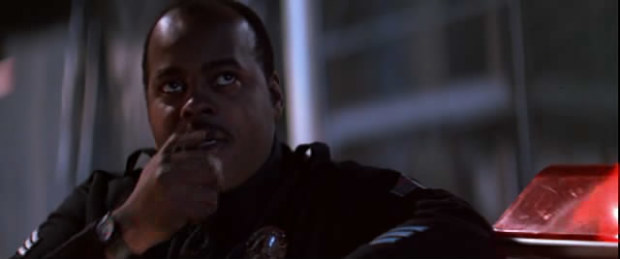
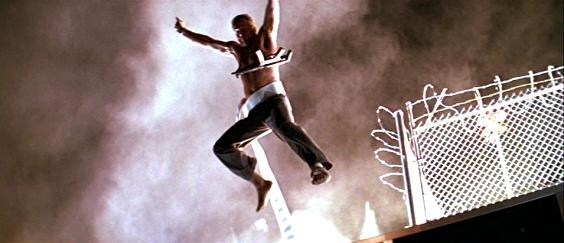
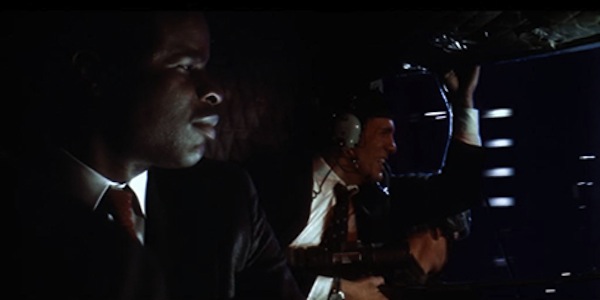
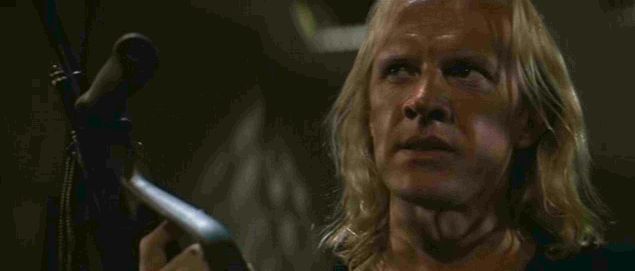
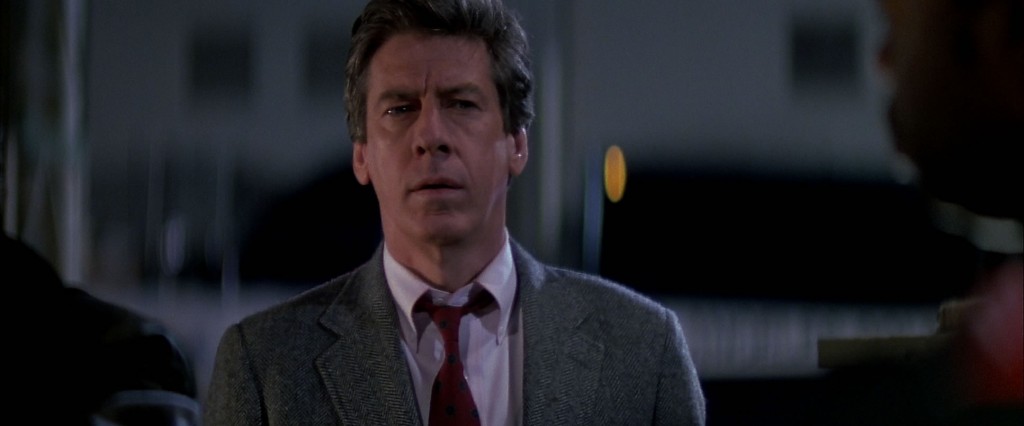
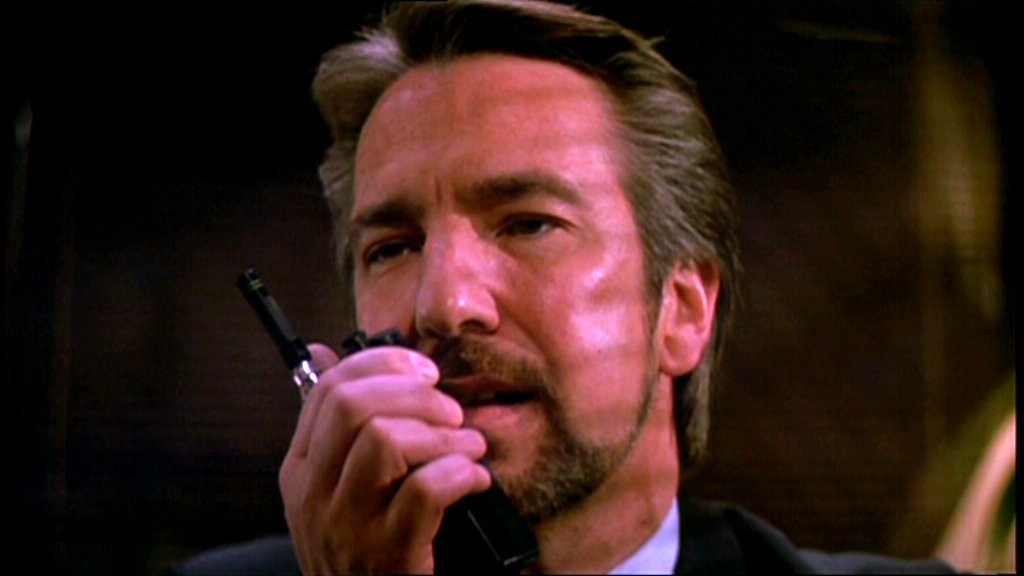
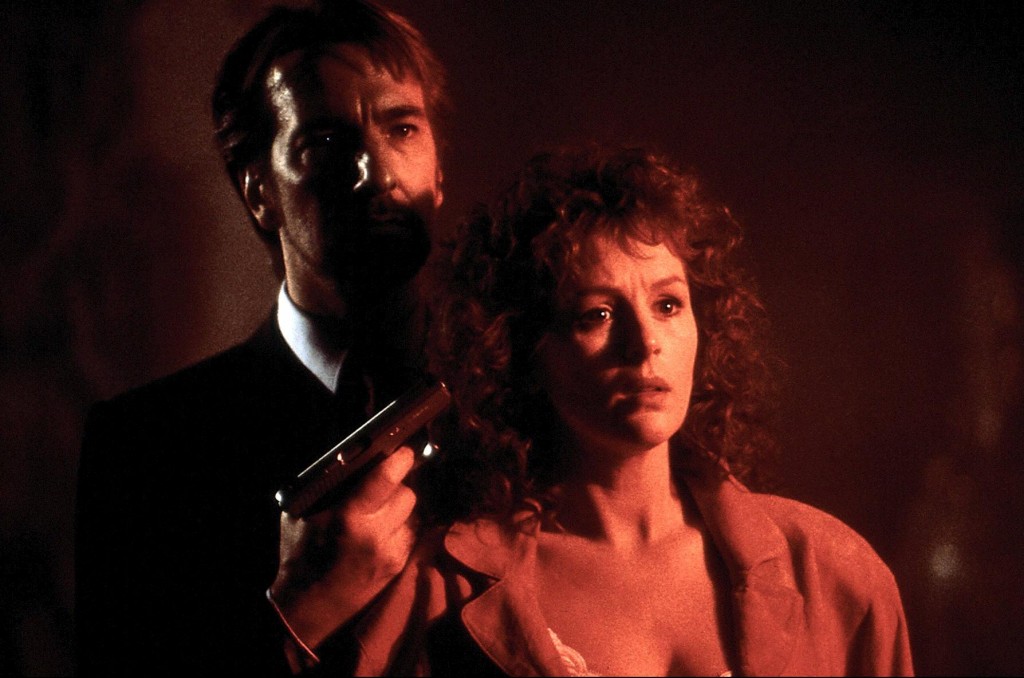
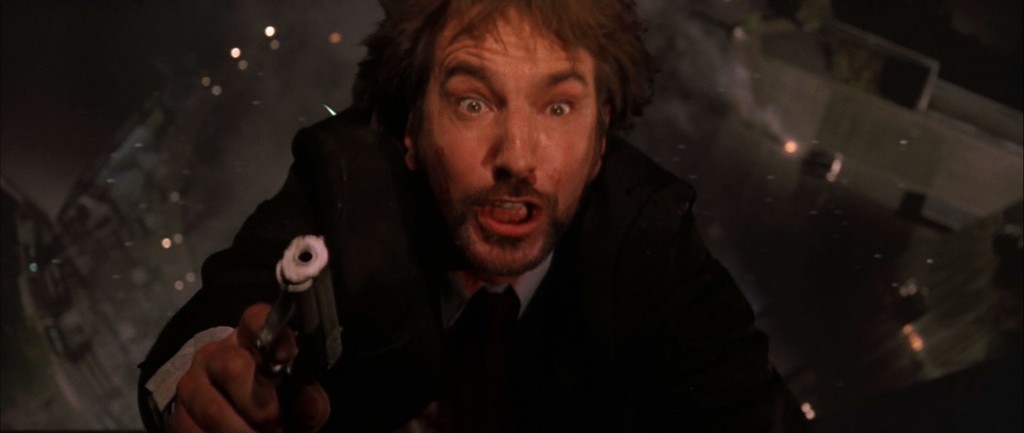
No comments:
Post a Comment